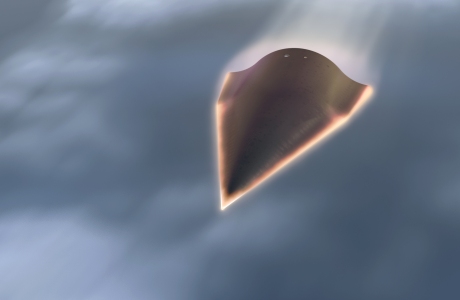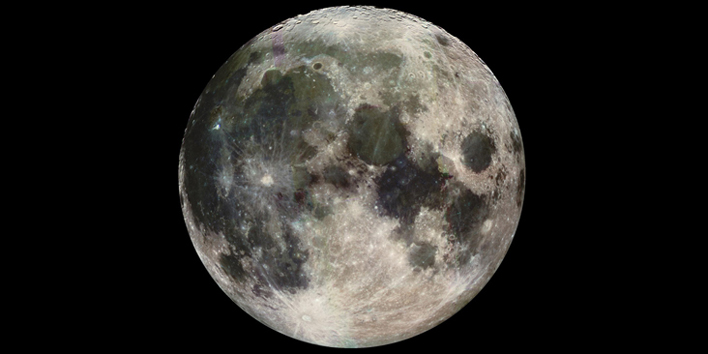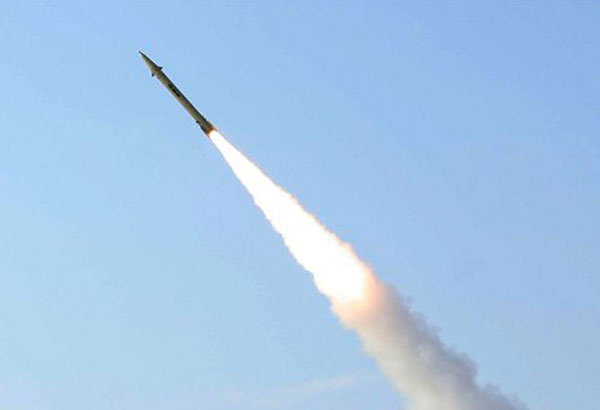
An artist's concept of US's Hypersonic Technology Vehicle (HTV-2). Besides China, the US is the other country known to have developed hypersonic technology while Russia and India are also working on the new concept. A Lockheed Martin photo
BEIJING (PTI): Chinese defence ministry has confirmed the test of a supersonic nuclear delivery vehicle, a move described by the US as an "extreme manoeuvre" amid tensions in the South China Sea.
The fourth successful test of hypersonic glide vehicle - which the US has dubbed the "Wu-14" - was carried out on Sunday (June 7). It was the People Liberation Army's (PLA) fourth test of the weapon in 18 months.
"The scheduled scientific research and experiments in our territory is normal, and those tests are not targeted at any country and specific goals," Hong Kong-based South China Morning Post quoted the defence ministry as saying.
But military observers said the frequency of the tests showed Beijing was reinforcing its nuclear deterrent in response to Washington's continued interference in China's territorial disputes in the region, the Post reported.
US website the Washington Free Beacon, which first reported about the test, said the new strike vehicle is considered a high-technology strategic weapon capable of delivering nuclear or conventional warheads while travelling on the edge of space.
One of its key features is the ability to manoeuvre to avoid US missile defences, it said.
The Wu-14 was assessed as travelling up to 10 times the speed of sound, or around 7,680 miles per hour, it said.
Unlike earlier tests, the latest test demonstrated what one official called "extreme manoeuvers" that appeared to analysts designed for penetrating through missile defence systems, it said.
The test took place a day before Central Military Commission vice-chairman Fan Changlong left for a week-long visit to the US. He since completed the visit during which he held talks with US Defence Secretary Ashton Carter.
Experts say the launch was timed to raise Fan's bargaining power in discussions with the US, as well as to express Beijing's disapproval of Washington's sustained interference in the South China Sea, the Post reported.
"The test is aimed at helping Fan increase the People's Liberation Army's bargaining power on the negotiation table when he deals with his US counterpart," Macau-based military observer Antony Wong Dong said.
 Previous Article
Previous Article Next Article
Next Article













The Indian Air Force, in its flight trials evaluation report submitted before the Defence Ministry l..
view articleAn insight into the Medium Multi-Role Combat Aircraft competition...
view articleSky enthusiasts can now spot the International Space Station (ISS) commanded by Indian-American astr..
view article